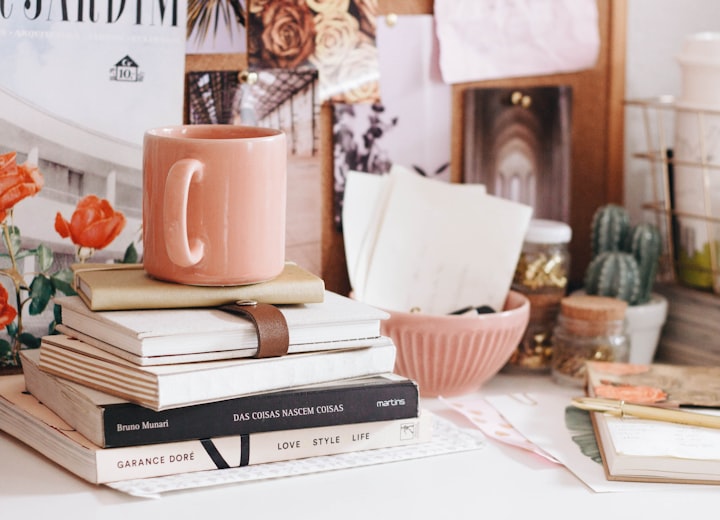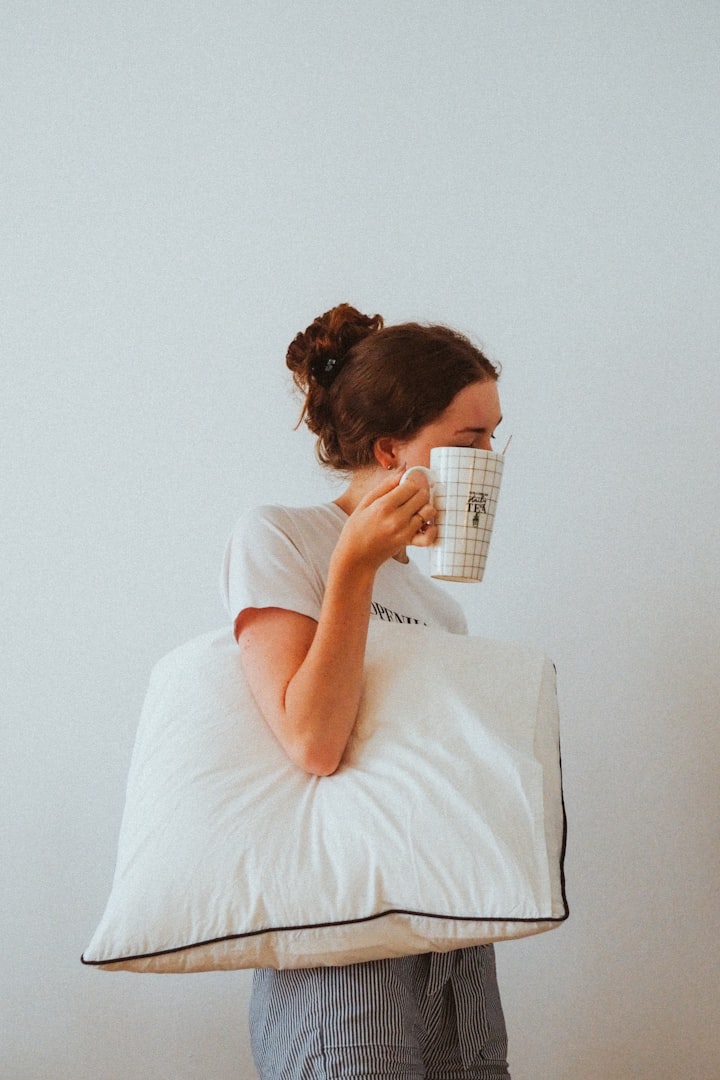Tired of Living in A Mess? Here's How to Clean it Up.
How to organize your personal environment?

I have always been slightly puzzled by the people who feel like they thrive on disorganization. While I understand that not everyone keeps everything 100% organized at all times, I personally feel like my mental state declines as my environment begins to feel cluttered. Not to say that I start going insane when there’s a bit of a mess, however, I do find myself to be a lot more productive, focused, and more at peace when my surroundings have more structure.
It seems that a lot of people try to be more organized and fail. This may be due to a variety of factors, such as not having enough time to organize, or simply being overwhelmed with the clutter and not knowing where to start.
Whether you “thrive off of clutter” (no one can convince me that this is real), or don’t know where to start, I’ve created a list of easy hacks that I use to keep my environment more organized, from the basics to the details. And FIY - unless you’re a hoarder, it usually is not as bad as it looks!
Physical organization includes all of your physical surroundings and objects. This can be your home, your workplace, or more specific areas of your life, such as your kitchen, desk, or closet. The best place to start if you are trying to bring some structure into your physical life is the larger areas. Before you start getting overwhelmed, keep in mind that larger areas (such as your home) are actually easier to organize than the smaller areas (like your closet) that require more precision and detail. Here’s your overall course of action:
Eliminate superficial clutter
Superficial clutter includes clothes on the floor (or anywhere other than your closet), shoes spread out across the entryway (rather than a shoe rack or coat closet), the kitchen sink (put away your dishes), things laying around on tables (remotes, plates, glasses, water bottles on your living room table for example), and all the basic things that are in places they shouldn’t be.
At first sight this may look overwhelming, but these messes are the easiest ones to clean as all of the items involved already have their place.
Move on to general clutter
Most of us tend to store certain clutter in a more hidden area, for example the mess that is the cabinet under your bathroom sink. Your fridge also falls under this category. It’s not a full on room, but is a place to store all your food, which should be organized. More places of general clutter include closets throughout your apartment or house and large storage boxes underneath your bed (or wherever else you like to hide your messes).
The best way to add some structure to these areas is to invest in a few smaller storage containers to separate one piece of clutter from the other. Here are some examples:
For the cabinet under your bathroom sink, consider getting 2 smaller storage boxes, one of which will be for things like towels, toilet paper, and washcloths, and the other for cotton swabs, cotton balls, rubbing alcohol, first aid, and other tubes, bottles, and containers that don’t belong in your immediate makeup cabinet. Add more boxes depending on how much you want to separate certain categories of items and based on how much space you have to use.
Your refrigerator already provides you with specific places to store certain things - use them! Separate your animal products from produce, and separate your fruits from your vegetables - you get the point. Most importantly, please throw out the food that you never eat (even if it’s pickled and won’t go bad). If you don’t need it, toss it.
Your closet can be a little bit more of a challenge to clean, especially if all your clothes are already mixed up and tossed in a general pile. There are a lot of different ways to organize your closet, so here’s how I do it:
I put dress clothes, cardigans, and tiny tank tops (or other small articles of clothing that easily disappear under larger ones) on hangers.
Big sweaters are folded and stored on shelves, and socks and undergarments are separated into 3 storage shelves.
The bottom line here is to differentiate between objects and categorize them into sections (which are then stored in different containers).
Deep clutter
Deep clutter consists of the drawers that you throw everything in, small boxes that haven’t been opened in 8 years, and other smaller areas that are not only collecting dust, but collecting all the items that you’re not sure whether to throw away or not. According to experts, additional clutter adds stress to your daily life.
Dig through those areas and toss everything that you don’t need. It is likely that most of the items in these areas will be going into the trash anyways, so it actually won’t take as long as you think.
This kind of clutter can be the most annoying to clean and sort through, which is why it has probably been the longest ongoing mess that you’ve had. Examples of deep clutter is loose hair ties, pins, tools (screws etc.), pens, unopened mail from 2 years ago, and random little knick knacks that you’ve saved for no good reason
For some of these things, you can get small storage boxes or drawers, or find a place in a cabinet (as long as whatever you’re saving is useful).
Once you’ve finally eliminated all this useless clutter, check out this article to learn how to avoid it from returning.
Keep in mind that as long as you are happy and comfortable in your personal environment, all you need to do is make the changes that will make you feel more content. If you are someone who gets easily stressed out, I highly suggest trying a few of these tips to see if decluttering your belongings will help declutter your stress.
Even if you don’t deep clean your entire home, it may pay off to test this out on one area at a time, for example organizing your refrigerator and desk, two of your most frequently utilized areas.
Most importantly, if it isn’t a matter of cleanliness or organization, find what it is that is stressing you out. While we can’t always control our moods, we can control what we do to improve them.





Comments
There are no comments for this story
Be the first to respond and start the conversation.